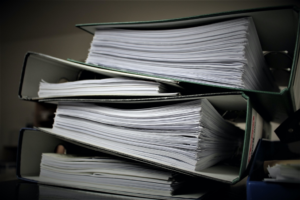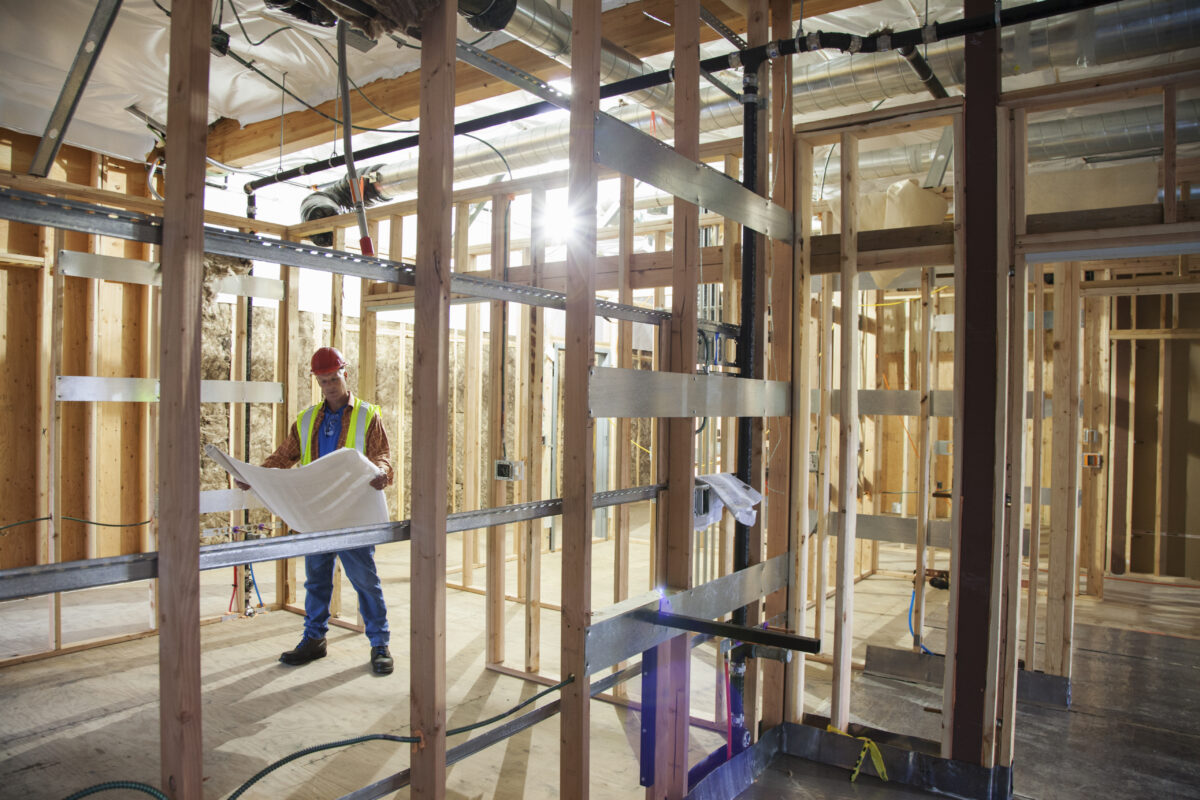The current pandemic has exposed vulnerabilities across almost every industry. It’s painfully clear that many of us are not ready for the unexpected. For a small business owner, under-preparation could cause more than just inconvenience – it could have disastrous consequences. Now is the perfect time to improve your businesses’ readiness.
In California, where we experience around two to three large earthquakes every year, preparing for the inevitable “Big One” is the most relevant starting point for disaster preparedness.
The following tips for earthquake safety and earthquake preparation are specifically tailored to small or local businesses. They also help you prepare for wildfires, floods, pandemic, and other disasters.
In this post, you’ll learn to:
- Assess your risks
- Create a response plan
- Communicate and practice the plan, and
- Prepare your data and documents.
It’s not as much work as it sounds, and you’ll be better-poised to prevent the natural disaster of an earthquake from bringing your business to ruin.
Assess Your Business Risks

Credit: Maurício Mascaro – Image was not altered
The first step is to quantify the risks that a disaster like that would pose to your business. You can do this by using an online tool like The Resilient Business Challenge, which will guide you in making sure your business is ready. You should also follow government advice, with the Federal Emergency Management Agency (FEMA) detailing the three factors that determine your risk:
- the level of seismic hazard,
- the number of people, and
- the properties that are exposed to these hazards.
Assessing your risk will help you figure out what preparation measures will be the “best bang for the buck”.
FEMA suggests that businesses perform their own risk assessments, but there are also professional disaster planners who can help. Even if you perform most of the risk assessment yourself, a consultant can set you in the right direction so you can make best use of your time.
Create a Response Plan

Credit: Startup Stock Photos – Image was not altered.
The next step, creating an earthquake response plan, refers to the steps to take immediately after the earth stops shaking, through the first minutes and hours.
First, create a safe plan of evacuation. According to the Occupational Safety and Health Administration, disorganized evacuations can lead to injuries, confusion, and property damage. In creating your evacuation plan:
- Establish a clear chain of command.
- Map out evacuation routes and exits.
- Make sure that you have alternative routes in case one is blocked or unusable.
- Plan how you will assist visitors or customers to safety without endangering your staff or themselves.
Communicate and Practice the Plan

Credit: fauxels – Image was not altered.
Planning itself is only half the battle. You also need to communicate and practice it. Ensure that everyone knows the plan and can execute it without fail when needed. Hold regular briefings with employees to review the emergency plans. If you have human resources staff, they will play a key role in these meetings, as they might lead in the emergency chain of command and help prevent anxiety among the employees.
Don’t just talk about the plan – practice it! Practice the exit routes. Practice unexpected blockages. Practice ushering “customers.” Practice where to gathering afterward – and who to contact. Practice enough so employees can execute it almost instinctively.
Prepare Your Data and Documents

Credit: Pixabay – Image was not altered
Natural disasters bring to mind property damage and injuries, but the loss of vital documents could be equally consequential or costly. It’s common knowledge to keep documents in a secure container that can withstand disasters such as flooding or fires, but equally important is to migrate data and documents to the cloud. The University of California, long known for its leadership in earthquake preparedness uses cloud solutions for data and documents that can be accessed anywhere.
If you’re looking for more proactive ways to prepare your finances for an earthquake, check out Jumpstart for Small Businesses!
Written by Clarisse Fonda, exclusively for jumpstartrecovery.com



